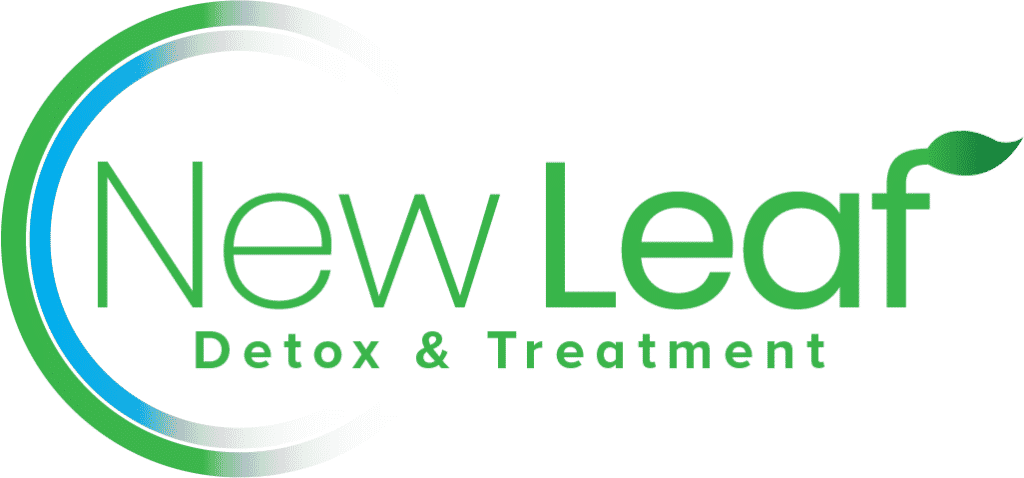Residential rehab in Southern California, like in many locations, offers a structured and immersive approach to addiction treatment. However, it also comes with its own set of pros and cons. Here’s an overview:
Pros of Residential Rehab in Southern California
- Immersion and Focus: Residential rehab provides a highly immersive environment where individuals can focus entirely on their recovery. It removes the distractions and triggers of daily life.
- 24/7 Support and Care: Participants have round-the-clock access to medical professionals and support staff, ensuring immediate assistance in case of medical emergencies, withdrawal symptoms, or psychological crises.
- Structured Routine: Rehab centers follow a structured daily routine that includes therapy sessions, group activities, exercise, and meals. This routine helps individuals develop discipline and healthy habits.
- Professional Counseling: Residential rehab southern california offers daily access to individual and group therapy sessions with licensed professionals, providing a deeper exploration of the underlying causes of addiction.
- Peer Support: Residents build a strong support network with peers who are going through similar challenges. This can be empowering and provide a sense of community.
- Holistic Therapies: Many residential rehab centers offer holistic therapies like yoga, meditation, and art therapy to address the physical, mental, and emotional aspects of addiction.
- Relapse Prevention: Residential programs often include intensive relapse prevention training, equipping individuals with the skills to identify and manage triggers in real-world settings.
- Family Involvement: Many residential rehab centers offer family therapy, helping to rebuild and strengthen family relationships and support systems.
- Detox and Medical Monitoring: Medical detox services are often available on-site, ensuring a safe and controlled withdrawal process. Medical staff can also monitor and manage co-occurring health issues.
- Privacy and Confidentiality: Residential programs typically prioritize privacy and confidentiality, providing a discreet environment for recovery.
Cons of Residential Rehab in Southern California
- Cost: Residential rehab tends to be more expensive than outpatient programs due to room, board, and 24/7 care. This can be a significant barrier for some individuals.
- Time Away from Home and Work: The immersive nature of residential rehab may require an extended absence from home, family, and work, which can be challenging for some individuals.
- Less Flexibility: Residential rehab programs have a structured daily schedule, leaving less room for flexibility and personal commitments.
- Relocation: Those coming from outside Southern California may need to relocate temporarily, which can be logistically and emotionally challenging.
- Limited Real-World Exposure: Residential rehab can shield participants from real-world triggers. While beneficial during treatment, it may not prepare them adequately for the challenges of daily life.
- Less Independence: Living within a structured environment may reduce an individual’s sense of personal independence and autonomy.
- Stigma: Some individuals may perceive residential rehab as stigmatizing, although this perception is changing as awareness of addiction as a medical condition increases.
Conclusion : Residential Rehab
Residential rehab in Southern California offers numerous advantages to individuals battling with addiction. Treatment facilities in Southern California provide a thorough, all-encompassing method to addiction recovery that has assisted countless individuals in attaining lasting triumph. If you or someone dear to you is grappling with addiction, contemplate a residential rehab program in Southern California to discover the necessary support and care for a triumphant recovery.
Residential rehab in Southern California can be highly effective for those in need of intensive and immersive addiction treatment. However, the decision to enter such a program should consider the individual’s specific needs, financial resources, and personal circumstances. It’s essential to weigh the pros and cons and choose the treatment setting that aligns best with the individual’s recovery goals.



